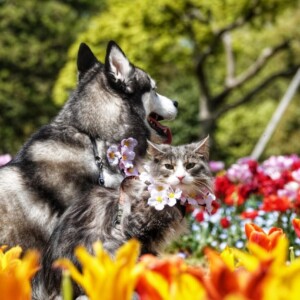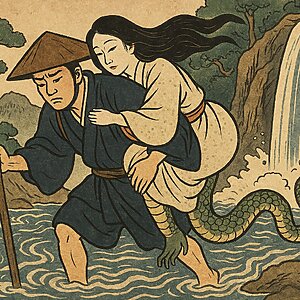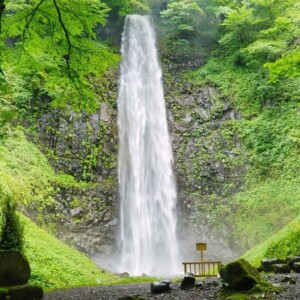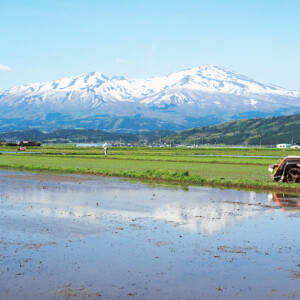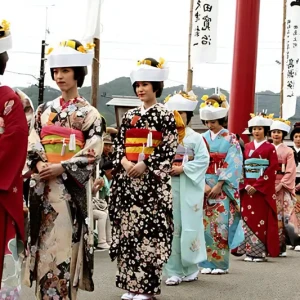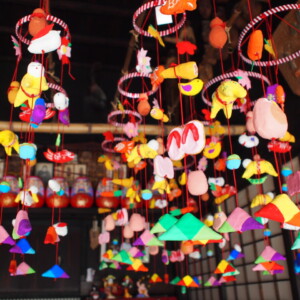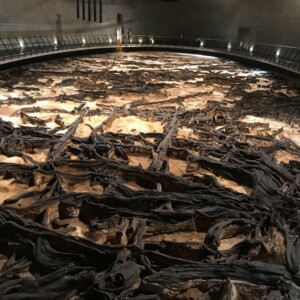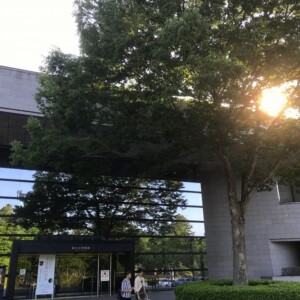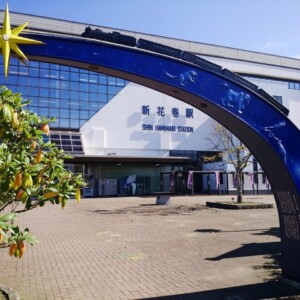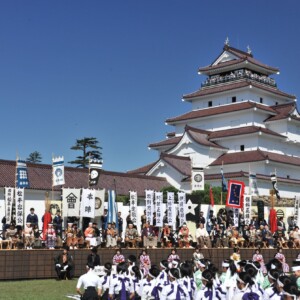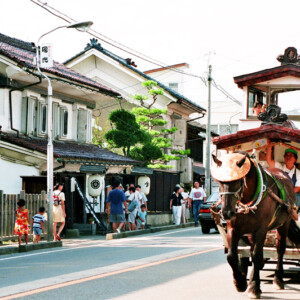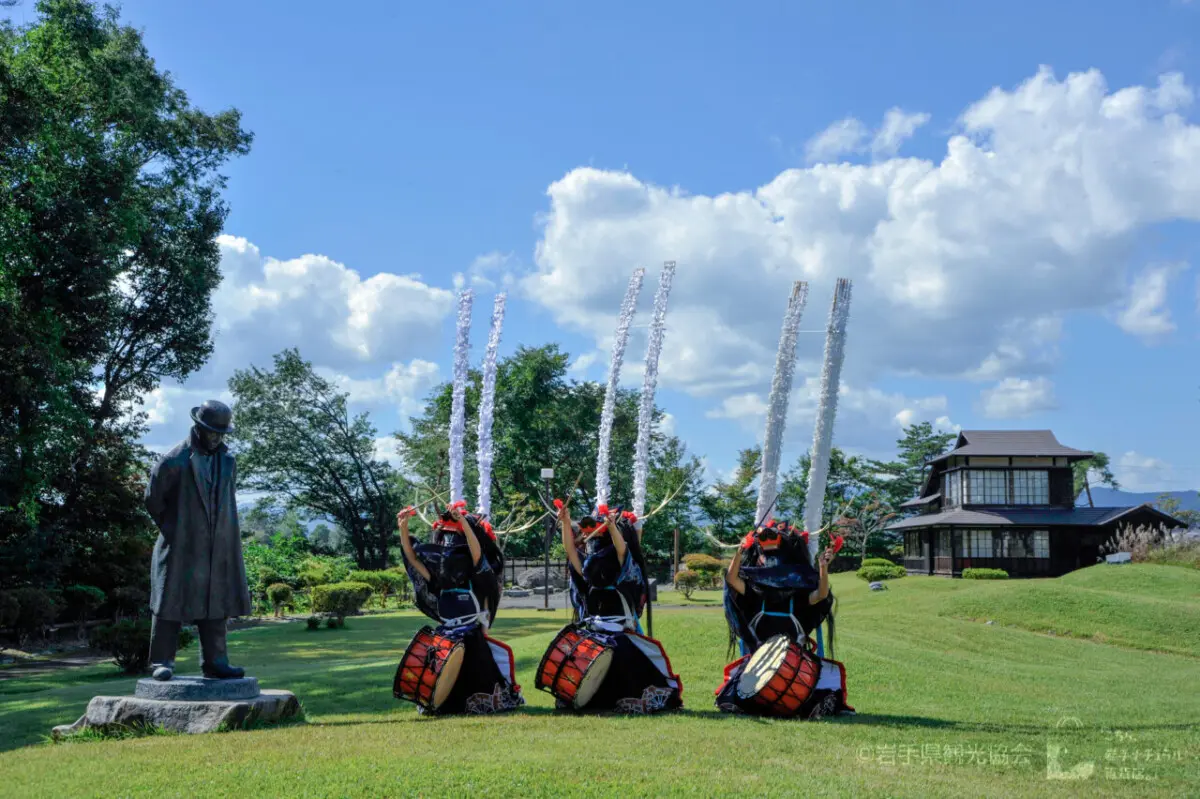
What is deer dance? Learn more about the features and episodes that make dancing even more fun [Iwate Prefecture]
table of contents
Folklore performing arts passed down in various parts of Japan vary in different regions, but Shishiodori, which is widely used in Iwate Prefecture, is one of these folk performing arts.
In this article, we will introduce three stories you should know that will make Shikaodori even more fun.
What is Shikaodori?
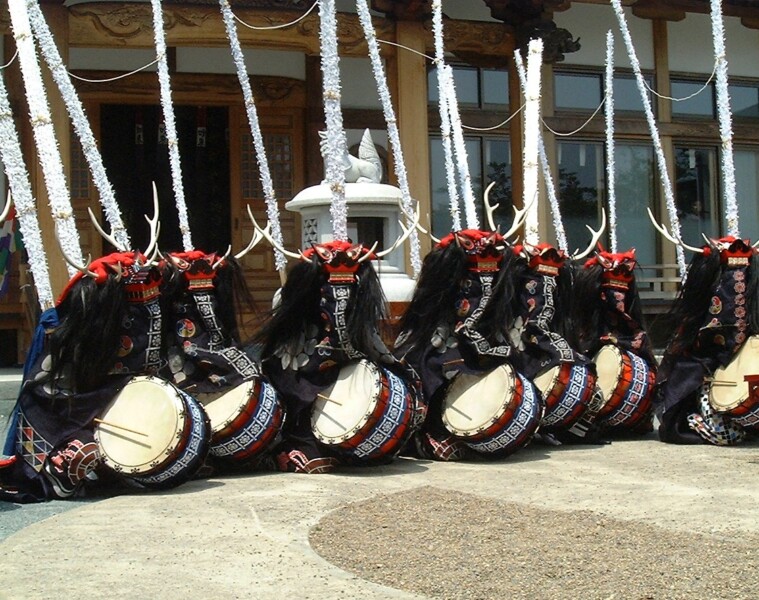
Shika dance is a folk art that is mainly passed down in Iwate Prefecture, where the upper body is covered with a deer head and a cloth hanging from it, and the dancer carrying the sasara shakes its upper body back and forth widely, jumping violently, jumping and dancing.
The deer dance can be broadly divided into two types: maku dance and taiko dance, depending on whether the dancer performs or not, but we have summarized the characteristics of each dancer in a table.
Maku dance deer dance
- Area: North to Central Iwate Prefecture
- Play: No (there are separate performers of festival music)
- Deer head: Wooden deer head with openwork carved wooden horns and family crests
- Written by: Holding the curtain in his hand to the dance and swinging it wide.
- Features: "Kanagara" is made by shaving thinly from a type of willow tree with canna, and "Zai" is a paper hair.
Taiko dance deer dance
- Area: Southern Iwate Prefecture to Miyagi Prefecture
- Play: Do
- Deer head: A wooden deer head with hair called "Zai" made from real deer antlers and horse hair
- Written by: During the dance, there is a work in which Sasara is slammed against the ground and exorcising evil spirits.
- Features: Put shoji paper on a broken bamboo that is over 3m long and is carried on the back of a "sasara" that looks like a monk.
The Taiko dance style is further divided into three categories: the Gyoyama style, Kanazu style, and Kasuga style
It was originally performed at community festivals, but now some schools have it as a club activity, so it can be said that the form of the deer dance has changed with the times.
Episodes you should know to make Shikaodori more fun
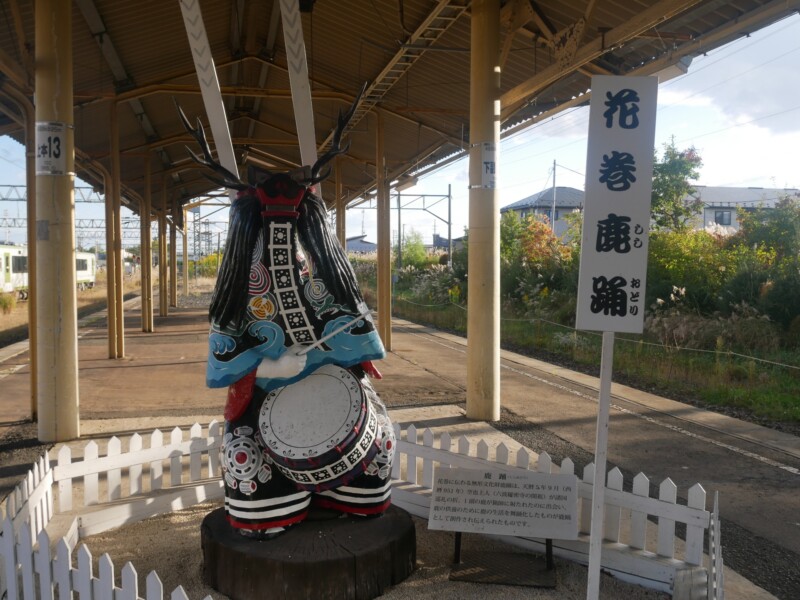
Here are three stories you should know that will make watching Shikaodori even more fun.
[Episode 1] Deer Dance and “Rarebito Faith”
As mentioned in the previous section, the deer heads used in deer dances give off a somewhat eerie feel, as it is thought that deer dance is one of the signs of "marebito faith."
"Marito Faith" is a term defined by Japanese literature scholar Orikuchi Nobuo, and refers to the faith that ancestors who protect people from evil spirits come to the world where the deceased live regularly every year and bless them, and is positioned as an important clue in folklore as a clue to exploring the faith of the Japanese.
The deer dance was originally performed as a deer that came from the mountains to the gardens of houses, and after purifying the place by exorcising demons, its role was to perform prayers for a good harvest, New Bon memorial service, and other fun performances to calm the mood. .
This form of deer dance still exists in Esashi Ward, Oshu City, Iwate Prefecture.
[Episode 2] Deer dance program
There are a variety of Shikaodori performances depending on the purpose, and each has a different level of difficulty.
The main performances of the curtain dance are as follows.
- Inlet end
- Niwabome
- check
- Pull end
The main programs of Taiko Odori are as follows.
- Female deer (Mejishi)
- scarecrow
- Harukoma
- Teppo dance
- Tosa
Of these, the mejishi is one of the most common performances in which the duo is danced, with the role of a parent deer known as "neutral" and the six oscars, and the oscars searching for hidden female deer, but it is said to be a performance that tests the expressiveness of the dancer.
[Episode 3] “Deer dance” depicted in Kenji Miyazawa’s fairy tale
, has left behind a work called "The Beginning of Deer Dance," which is based on the deer dance
Although the work is in the form of ``I'' telling a rumor from the West Wind, it is said that the theme is the true spirit of the deer dance.
It is said that Miyazawa Kenji had a "synosthesia," which is a mixture of sensations such as feeling color in letters, taste and smell, and shape, but it is said that the "hearsay by the west wind" expresses the synesthesia of Miyazawa Kenji, who feels words in the sound.
If you would like to unravel the kind of spirit that Miyazawa Kenji felt about forgetting his distinction between them and deer and trying to dance together, then please read "The Beginning of Deer Dance."
summary
Deer dance is broadly divided into two types, curtain dance and taiko drum dance, and it is still danced in various forms such as festivals and club activities, but the world of deer dance as depicted in rare people's beliefs, performances, and Kenji Miyazawa's fairy tales. I found that I could enjoy it more if I paid more attention to things like sightseeing.
Please refer to this article and enjoy watching Shikaodori even more.


![Date and the Southern folk entertainment "Shika Dance" | Local report on Sasara Hall's closure project [Iwate Prefecture] deer dance](https://jp.neft.asia/wp-content/uploads/2025/03/IMG_20752-EDIT-150x150.jpg)
![[Akita's Sasara Dance: Part 1] The roots of "Sasara Dance"? The hints are "lion dance" and "sasara" Changzhou Shimo-Godō Sasarak 1_Noshiro City](https://jp.neft.asia/wp-content/uploads/2025/05/2470809d4123e66248db3432333759c1-150x150.jpg)
![Sanriku International Art Festival 2024 | An event will be held again this year where local performing arts from the Sanriku region will be gathered together [Aomori/Iwate] Sanriku International Art Festival 2024](https://jp.neft.asia/wp-content/uploads/2024/08/main-150x150.png)
![[Recommended Autumn Festivals: Yamagata Edition] Enjoy Yamagata's delicious autumn festival! 28_Shinjo Festival 1](https://jp.neft.asia/wp-content/uploads/2024/08/6ddf3aad6f42cace23ad41df9274d5da-150x150.jpg)
![[Recommended Autumn Festival: Iwate Edition 2] Iwate's Autumn Festival changes the festival as things change Yamada Festival 1](https://jp.neft.asia/wp-content/uploads/2024/08/93985b628047baf771f379c252348c65-150x150.jpg)
![Hyakujiu Group Dance Photo Report (2025.04.26: Hidaka Fire Prevention Festival) [Oshu City, Iwate Prefecture] Hyakudou Group Dance (16)](https://jp.neft.asia/wp-content/uploads/2025/04/IMG_2690-EDIT-150x150.jpg)
![The specialty of Genbikei, "Flying Dango," is definitely worth a visit! Delicious activities! [Ichinoseki City, Iwate Prefecture] Genbikei bus stop](https://jp.neft.asia/wp-content/uploads/2017/04/IMG_5931-150x150.jpg)
![Bottle Don is the definitive Sanriku souvenir that looks delicious! [Iwate Prefecture] Bottle don (abalone, scallop, salmon roe)](https://jp.neft.asia/wp-content/uploads/2023/06/IMG_5048-150x150.jpg)
